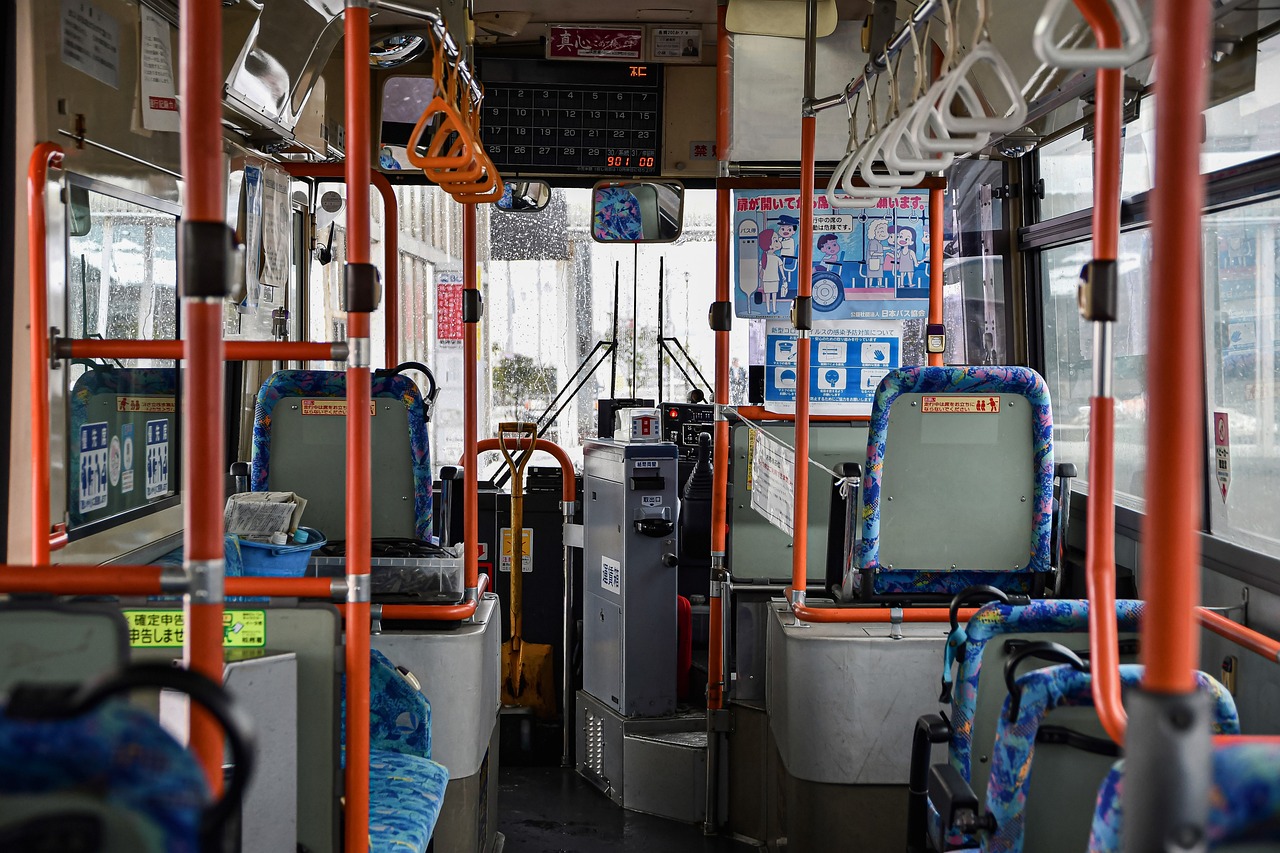Receiving your paycheck is always exciting, but seeing tax deductions can be frustrating. Understanding what these deductions cover and how they’re calculated is important.
When you do receive your pay cheque, it’s important to make sure you’re paying the correct amount. The breakdown below should give you a clearer indication of how much tax you should expect to pay each month.
Income Tax Rates
Income tax in Malta is calculated at a progressive rate, meaning that the higher your income, the higher the tax rate. The minimum tax rate is 0% whilst it can go no higher than 35%. How much tax you pay depends on what tax bracket you fall into. There are 5 different brackets, which vary depending on whether you’re single, a married couple or parents. Have a look at the table below to know which tax bracket applies to you.
Single Tax Rates
| Income (€) | Rate (%) |
|---|---|
| 0 - 9,100 | 0 |
| 9,101 - 14,500 | 15 |
| 14,501 - 19,500 | 25 |
| 19,501 - 60,000 | 25 |
| 60,001+ | 35 |
Married Tax Rates
| Income (€) | Rate (%) |
|---|---|
| 0 - 12,700 | 0 |
| 12,700 - 21,200 | 15 |
| 21,201 - 28,700 | 25 |
| 28,701 - 60,000 | 25 |
| 60,001+ | 35 |
Parents Tax Rates
| Income (€) | Rate (%) |
|---|---|
| 0 - 10,500 | 0 |
| 10,501 - 15,800 | 15 |
| 15,801 - 21,200 | 25 |
| 21,201 - 60,000 | 25 |
| 60,001+ | 35 |
If you’d like a more detailed explanation of how taxes work in Malta, you can read more here.
A tip from Boq: Jumping from one bracket to the next will never mean you end up with less money in your pocket. Your entire income is not taxed at the higher rate, only the portion that falls within the new bracket is. This ensures that, as you earn more, you’ll always have more net income.
National Insurance
A second deduction that you’ll find when checking your payslip is that related to National Insurance. National Insurance contributions go towards the state pension, healthcare, and other social benefits.
If you’re an employee, then typically, your contribution will consist of roughly 10% of your weekly salary and your employer will match this amount.
If you’re self-employed, however, you will be required to cover both of these contributions (the employee’s and employer’s, as explained above.) This amounts to 15% of your previous year’s net annual income. For the sake of fairness, though, there are outlined minimum and maximum contribution amounts for those who are self-employed - read more about that here - to make sure that those who are lower earners are able to pay a reasonable amount, whilst higher earners do not contribute excessive amounts.
What the Tax Money is Going Towards
Besides understanding how tax is deducted from your payslip, it also helps to know what that money is going towards. Below are some of the main areas that benefit from taxpayer funds:
Public Healthcare System - Hospitals, clinics and health centers are funded by taxpayers’ money, giving you access to medical care and emergency services.
Public Education System - Taxes support the running of public schools across the country, along with sixth forms and university. Besides covering salaries for the school staff salaries, they also help finance the stipends that students receive during their post-secondary and tertiary education.
Social Services - Vulnerable residents that need social benefits, public housing and general financial support all benefit from funds accumulated through the tax system.
Law Enforcement - This covers all people entrusted with maintaining public order, from police officers, to those that form part of Malta’s judiciary, and those that run and maintain the correctional facilities.
Public Transport - Towards the end of 2022, Malta became only the second EU country to provide free bus services to its citizens, providing a tangible example of the benefits that come from taxpayers’ money. Road works and general road infrastructure are also funded by this.
Culture and Sports - Public funds provide valuable support for culture and arts’ events, as well as the running and maintenance of public museums. Likewise, sports facilities and open-air areas also benefit from these.
If you’d like a more detailed breakdown of how national insurance payments in Malta are calculated, read more here. Similarly, if you’d like a better general understanding of Malta’s Social Security Contributions, you can do so here.



